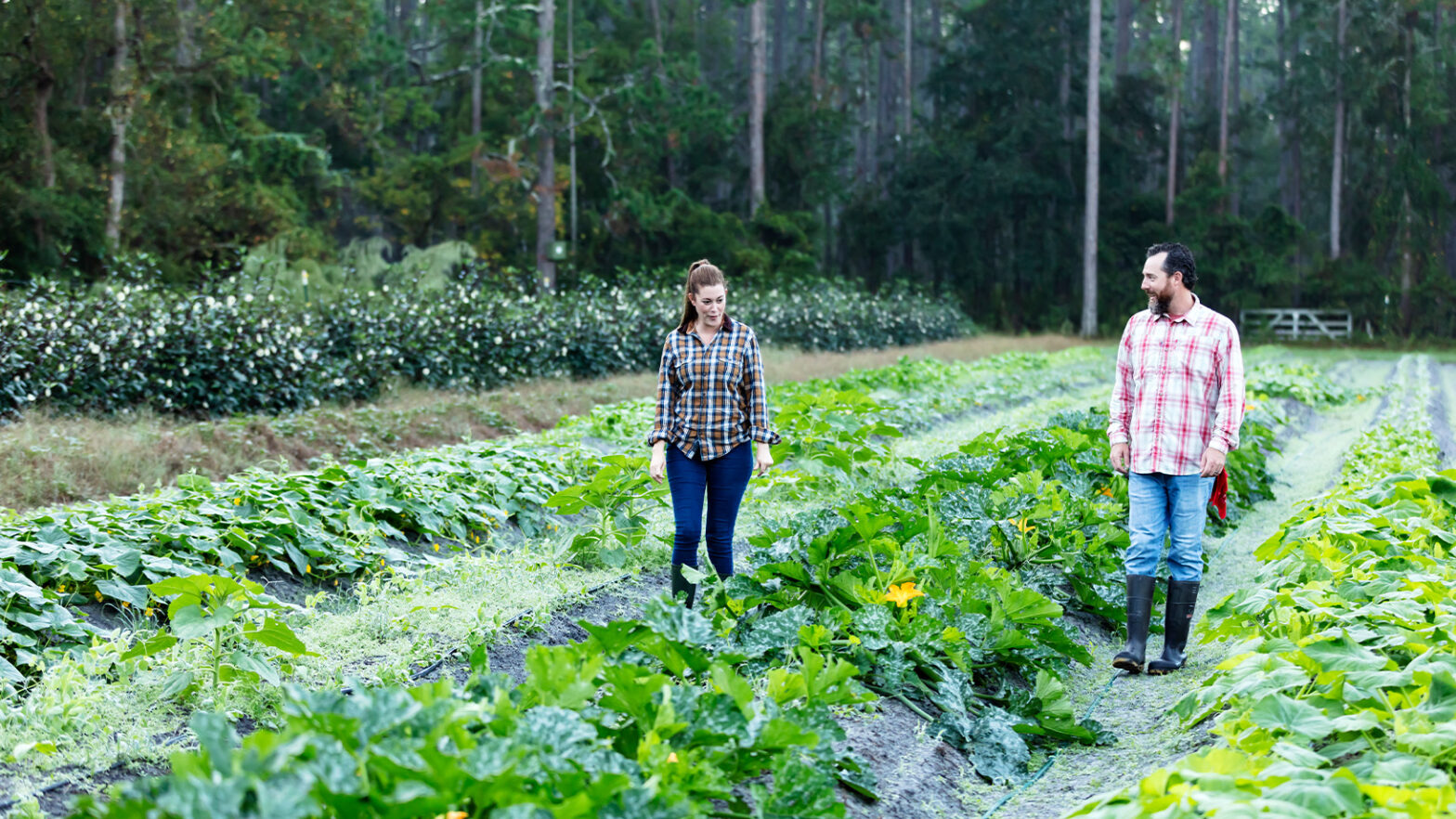
How to avoid a dispute over partnership property
Farmers must take care to distinguish between what are personal assets and what is partnership property. The issue is often complicated by partnership property being in the name of one of the partners, but held on trust for the partnership as a whole. Failing to have in place a clear written agreement as to who owns what can result in significant financial loss, generate resentment between family members and result in lengthy disputes, as illustrated in the case of Wild v Wild [2018] EWHC 2197.
The case of Wild v Wild
In Wild v Wild one brother, Gregory, issued a claim against his mother, brother and sister-in-law for a declaration that the farmhouse and bungalow that they were living in were partnership property. The family members had lived in the properties for decades, with the bungalow being extensively renovated by Gregory’s brother (at his own cost).
There was no written partnership agreement, but Gregory claimed that his father (deceased) had included the farm within the partnership so he should be entitled to the value of these properties following dissolution (break up) of the partnership. In support of his position Gregory produced some historic partnership accounts, which referred to ‘fixed assets’ that he claimed was a reference to the farmhouse and surrounding buildings.
The judge agreed that the accounts did include the farmland, but in this case he held that this was not sufficient to show an agreement that the land would fall within the partnership. When coming to his decision the judge held that it was common for farming partnerships to farm land owned by one or more of the partners, without the land being a partnership asset and there may be some tax advantages to including the land within the partnership’s accounts. Under cross examination the partnership accountant accepted that they had included this land within the partnership accounts because that is how they were treated in previous accounts (that were compiled by a different firm of accountants). There was no clear intention for this property to fall within the partnership and there was no need to imply this was the case.
Gregory’s claim failed, but if it had succeeded there was a good chance that his family would have had to sell their houses to settle his claims. It may well be that Gregory felt entitled to his share of these properties, but this very unfortunate family squabble and years of expensive litigation could have been avoided if his father had set out in a partnership agreement what was included in the partnership assets.
How we can help
For further information about resolving partnership disputes, please contact Tom Bourne at [email protected].
Talk to us about
Related services





 Download PDF
Download PDF
